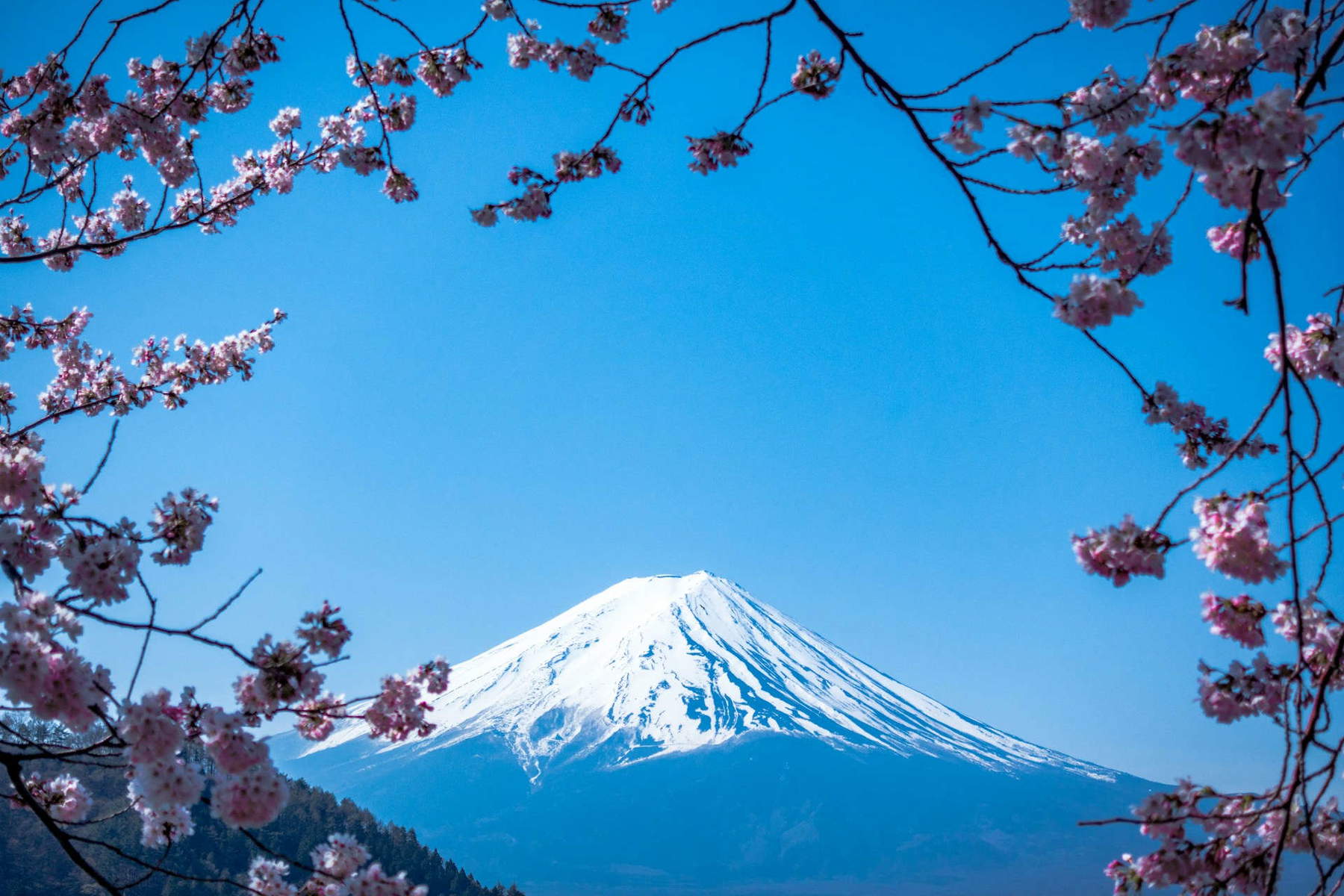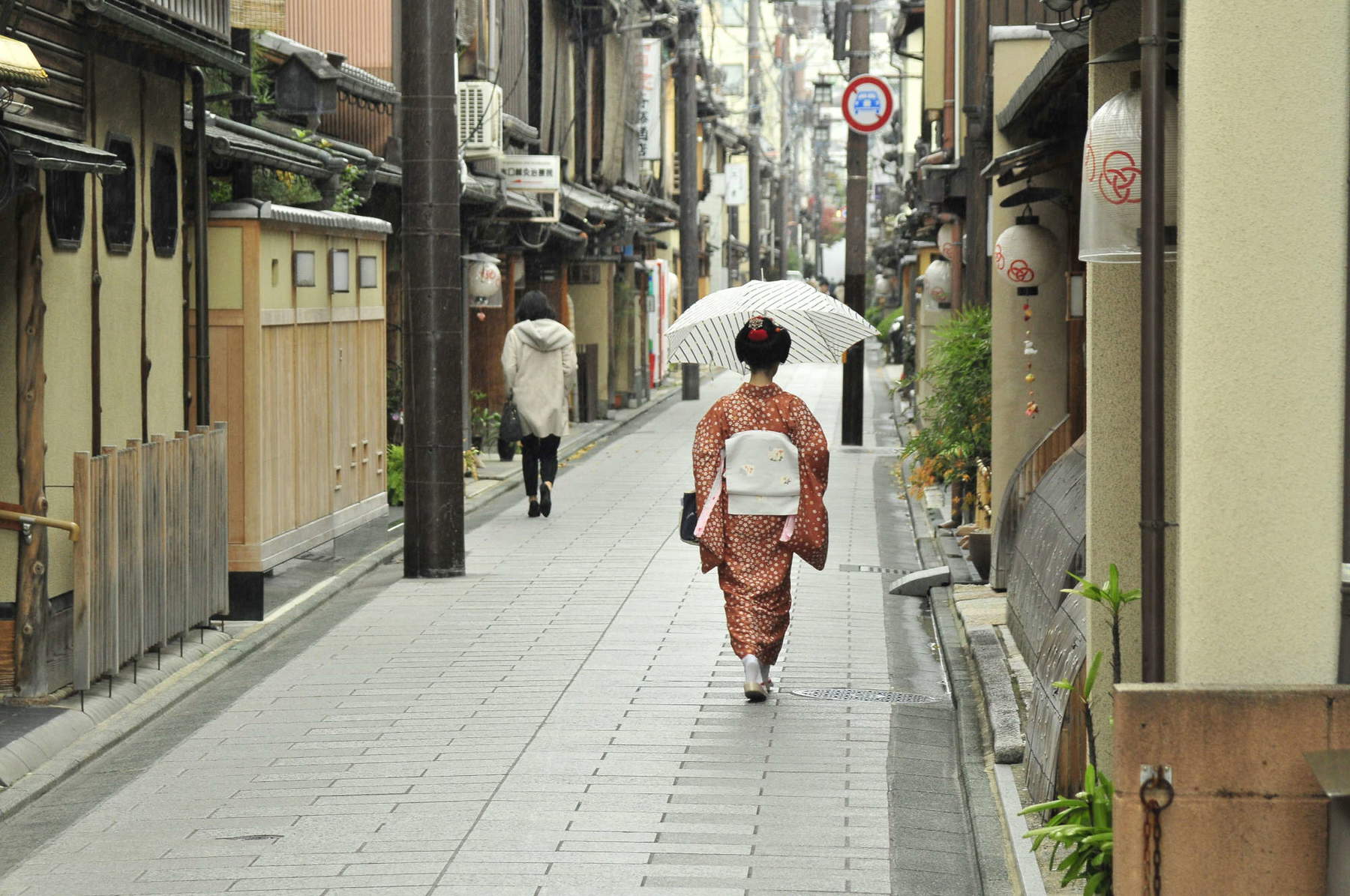Even in Japan, too many tourists are annoying. In fact, two measures have been introduced to restrict the influx of tourists to two top destinations in the Japanese archipelago: from April, those who want to climb Mount Fuji (the 3.776 meters listed as a UNESCO site) will have to pay 12 euros, while those who want to enter Kyoto’s historic city center, in the Gion district where one can admire Geishas working in tea rooms, simply will not be able to do so. In both cases the blame has been placed by the authorities on theexcessive number of visitors on Mount Fuji who litter and deface, and who in the alleys of the old imperial capital annoy or harass Japan’s icon-women.
A closed number for daily climbers has been established for Mt. Fuji with even the trail to be marked: 4,000 people a day on the Yoshida Trail from next July 1. Not one more. Prohibited departures from 4 p.m. to 2 a.m. Together with the tax, it is a measure aimed at relieving congestion on the mountain by creating a selection at departure.
As for the geishas of Kyoto, on the other hand, women in Kimonos and precious ornaments now seen only in this district, the last historic quarter of Japanese tradition, with their wooden sandals and white-colored faces, there were too many tourists asking for a photo or approaching in a manner contrary to tradition. Tradition made up of culture, delicacy, elegance and artistic gifts, since geisha literally means “person of art” (geisha in origins were the educated young women who entertained guests with conversation or by performing song and dance). In the West this image has become synonymous with servility, even to the point of association with prostitute. Hence perhaps the unwelcome behavior that led to the ban on entering the alleys, leaving free access only on the main street. The ban will take effect from April. There was already a ban on photographing them without their consent, with a 60 euro fine, but that was not enough. The risk feared by residents was that the ancient district, which still retains the typical appearance and architecture of the imperial age (Kyoto was the capital of Japan from 794 until 1868), could become a kind of red-light theme park. The aim is to preserve the cultural essence of the district. Prior to Covid, in 2019, 8 million tourists of the total 30 who had visited Japan had flocked to Kyoto.


After the 2020 Olympics, the government had set an ambitious goal, expecting to reach 60 million tourists a year by the end of the decade. Instead, only 246,000 arrived last year, a 99 percent drop from pre-Covid levels. Despite the loss of the income that tourists used to provide for the city, Kyoto residents are now divided over decisions to make. As in Barcelona and Amsterdam, residents in the Gion Higashiyama district, the geisha district, had long ago raised signs against tourists asking local authorities to intervene to reduce their flow. Now they have enjoyed two years of peace, which they do not want to give up.
Who knows who will win when the pandemic is over. Probably money, as is almost always the case. But among so many bad memories, Covid will also leave behind the unforgettable one of quiet art cities, museums, palaces and archaeological sites that can be visited without queues, deserted downtown alleys. In Kyoto and many other cities, one has to hope that it will never happen again, but it was good.
 |
| Japan, too many tourists: closed number on Fuji and no entry to geisha quarter |
Warning: the translation into English of the original Italian article was created using automatic tools. We undertake to review all articles, but we do not guarantee the total absence of inaccuracies in the translation due to the program. You can find the original by clicking on the ITA button. If you find any mistake,please contact us.